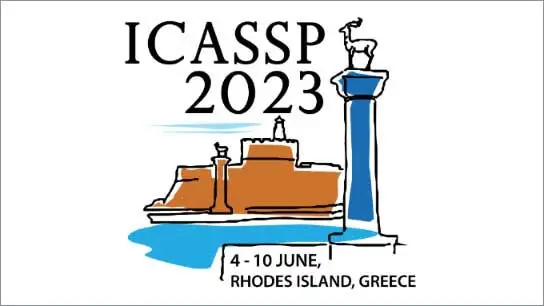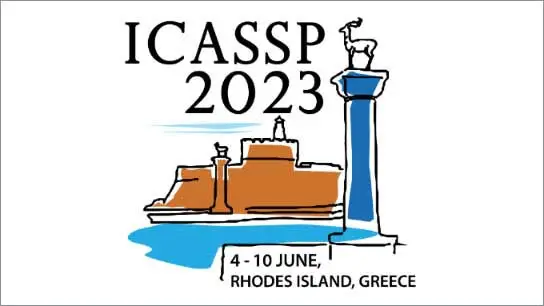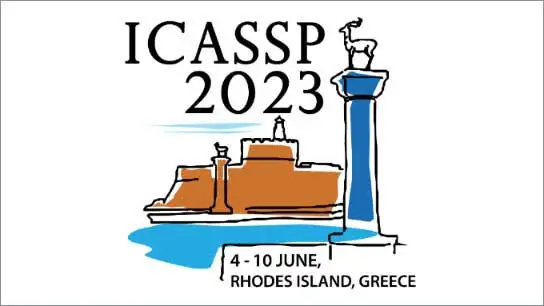Acoustic Modelling from Raw Source and Filter Components for Dysarthric Speech Recognition
Zhengjun Yue (King's College London ); Erfan Loweimi (University of Cambridge); Zoran Cvetkovic (King's College London); Heidi Christensen (University of Sheffield); Jon Barker (Professor)
-
Members: FreeSPS
IEEE Members: $11.00
Non-members: $15.00
09 Jun 2023
Acoustic modelling for automatic dysarthric speech recognition (ADSR) is a challenging task. Data deficiency is a major problem and substantial differences between typical and dysarthric speech complicate the transfer learning. In this paper, we aim at building acoustic models using the raw magnitude spectra of the source and filter components for ADSR. The proposed multi-stream models consist of convolutional, recurrent and fully-connected layers allowing for pre-processing various information streams and fusing them at an optimal level of abstraction. We demonstrate that such a multi-stream processing leverages information encoded in the vocal tract and excitation components and leads to normalising nuisance factors such as speaker attributes and speaking style. This leads to a better handling of dysarthric speech that exhibits large inter- and intra-speaker variabilities and results in a notable performance gain. Furthermore, we analyse the learned convolutional filters and visualise the outputs of different layers after dimensionality reduction to demonstrate how the speaker-related attributes are normalised along the pipeline. We also compare the proposed multi-stream model with various systems based on MFCC, FBank, raw waveform and i-vector, and, study the training dynamics as well as usefulness of the feature normalisation and data augmentation via speed perturbation. On the widely used TORGO and UASpeech dysarthric speech corpora, the proposed approach leads to a competitive performance of up to 35.3% and 30.3% WERs for dysarthric speech, respectively.



